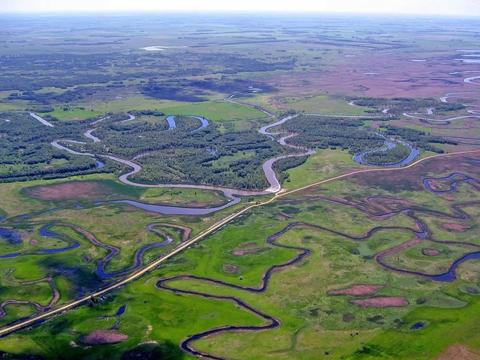
J. Clark Salyer National Wildlife Refuge
J. Clark Salyer National Wildlife Refuge
681 Salyer Road Upham, North Dakota 58789-9307
Official WebsiteAbout this Location
J. Clark Salyer National Wildlife Refuge was established in 1935. The Refuge lies in the lake bed of glacial Lake Souris, once home to the Arikara, Assiniboine, Cheyenne, Hidatsa, Lakota, and Mandan Tribes of American Indians. Retreating glaciers created the rolling hills and temporary wetlands of today's landscape. Most of the Refuge is composed of river valley wetland habitat bordered by a narrow strip of upland vegetation. The southern portion of the Refuge includes wooded river bottomlands, floodplain meadows, and native prairie sandhills. The sandhills are remnants of wind-and-wave borne deposits on the ancient lakeshore. The land cover types found here - mixed grass prairie, river valley, marshes, sandhills, and woodlands - come together to support an abundant variety of wildlife.
J. Clark Salyer National Wildlife Refuge was established in 1935. The Refuge lies in the lake bed of glacial Lake Souris, once home to the Arikara, Assiniboine, Cheyenne, Hidatsa, Lakota, and Mandan Tribes of American Indians. Retreating glaciers created the rolling hills and temporary wetlands of today's landscape. Most of the Refuge is composed of river valley wetland habitat that is bordered by a narrow strip of upland vegetation. The southern portion of the Refuge includes wooded river bottoms, floodplain meadows, and native prairie sandhills. The sandhills are remnants of wind-and-wave borne deposits on the ancient lakeshore. All of the land cover types found here- mixed grass prairie, river valley, marshes, sandhills, and woodlands- come together to support an abundant variety of wildlife.
Content from Official Website
Last updated October 9, 2023
